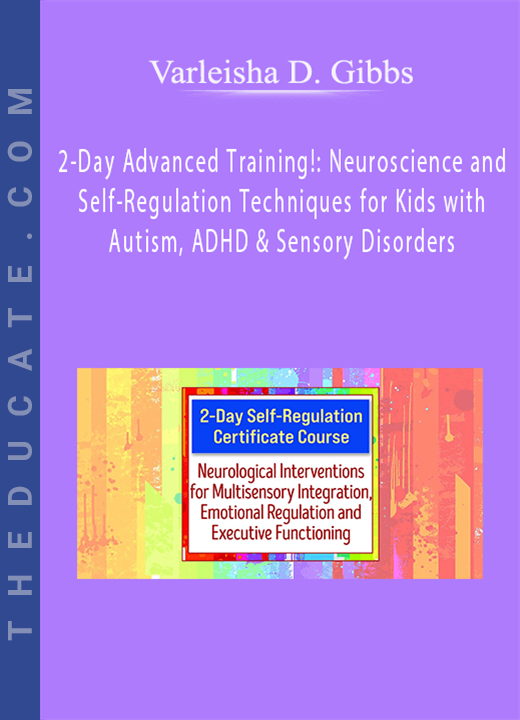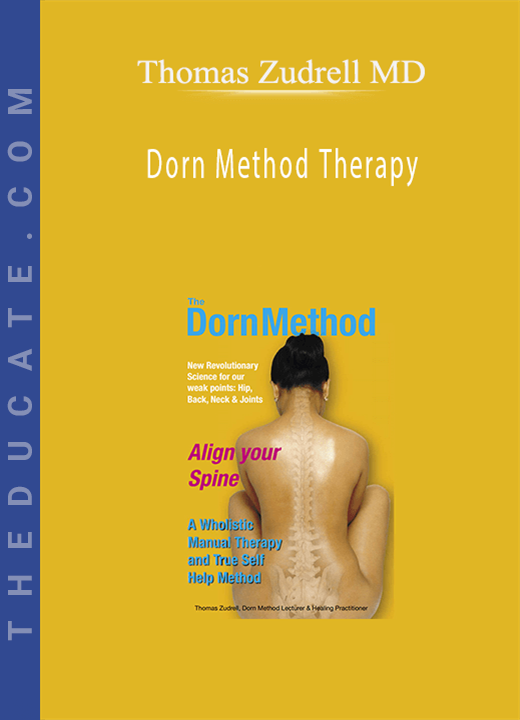Description
Mindfulness and Neuroplasticity in the Treatment of Trauma – Janina Fisher
Traumatic experiences are remembered not just in words but as speechless terror, overwhelming emotions and body sensations, self-destructive impulses and intractable depressions.
What were once discrete traumatic events have been “wired” into the brain and body as automatic reactions to present experience disconnected from any context that could explain them. Despite the best efforts of the client and therapist, the world still feels unsafe decades after the trauma.
Join international trauma expert, author, and presenter Janina Fisher, PhD, and learn techniques drawn from Sensorimotor Psychotherapy, a body-centered therapy for the treatment of trauma. Dr. Fisher artfully weaves lecture, demonstration video and experiential exercises to provide you with new strategies to treat the often baffling treatment challenges presented by these traumatized clients.
Easily integrated into traditional psychotherapy models, this way of working enables both you and your client to feel a greater sense of hope and mastery as you address the challenges of trauma treatment.
- Describe the neurobiological effects of traumatic experiences.
- Identify indicators of post-traumatic implicit versus explicit memory.
- Explain the role of the body in perpetuating post-traumatic symptoms.
- Describe neuroplasticity and how it can be facilitated in treatment.
- Demonstrate mindful versus non-mindful therapeutic interventions.
- Discuss the role of repetition in neuroplastic change.
GET MINDFULNESS AND NEUROPLASTICITY IN THE TREATMENT OF TRAUMA OF AUTHOR JANINA FISHER
HOW TRAUMATIC EXPERIENCES ARE REMEMBERED
- Results of the brain scan research
- Narrative memory centers are inhibited
- Activated implicit memory: Intense emotions, body sensations, impulses, intrusive images
IMPLICIT AND PROCEDURAL MEMORY SYSTEMS
- How do we know we are remembering without a story?
- State-specific memory and traumatic triggers
- Neuroplasticity and survival under threat
AUTONOMIC NERVOUS SYSTEM AND ADAPTATION TO TRAUMA
- “Neurons that fire together wire together”
- Trauma symptoms: Kindling and sensitization
- “Stuck’ cases
- Treatment-resistant depression
- Shame and self-loathing, numbing and shutdown
- Clients who go from crisis to crisis
MINDFULNESS-BASED TREATMENTS
- The symptoms tell the story better than the story
- Introduction to Sensorimotor
- Psychotherapy
- Video: Working with the body in treatment
MINDFULNESS IN CLINICAL PRACTICE
- Ingredients of mindfulness
- Avoid attachment or aversion
- Implicit and procedural memory
REGULATING TRAUMA-RELATED EMOTIONS, REACTIVITY AND AUTONOMIC AROUSAL
- Cognitive resources
- Somatic resources
- Interpersonal neurobiological resources
PRINCIPLES OF NEUROPLASTIC CHANGE
- Inhibit problematic pattern of response
- Mindfully notice rather than react
- Experiment with new action or reaction
- Practice new pattern until it becomes automatic
NEUROPLASTIC PRINCIPLES TO TALK THERAPY
- Practice, practice, practice!
- Notice, notice, notice the results
- Encode change as it occurs







12 reviews for Mindfulness and Neuroplasticity in the Treatment of Trauma – Janina Fisher
There are no reviews yet.